Graham Reid | | 3 min read
Elegy
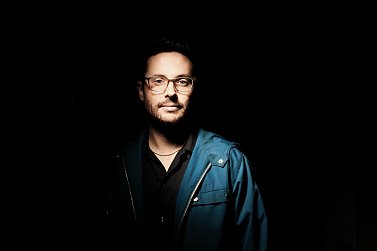
New Orleans-based jazz saxophonist/composer Byron Asher arrives with his new album Skrontch Music trailing considerable credits.
A quick look through press comments about his previous work compares him with the melodic invention of Sonny Rollins and Ornette Coleman with flavours of Dexter Gordon.
Although raised in Maryland and having performed in Europe (Germany, Slovakia, the Montreux Jazz festival, a concert length jazz work performed in Prague) and at festivals and concert halls across the US (from Texas to the Kennedy Centre) it is New Orleans – where he finished his Masters in Music, jazz studies in saxophone and composition – which has claimed his heart and influenced his music.
He teaches at the University of New Orleans, plays gigs all over the city and has a residency there, and it is the city which inspired his debut album Byron Asher's Skrontch Music.
He researched the city's multi-culti history and music, and was given a grant by the New Orleans Jazz and Heritage Foundation to record the album with local luminaries.
It is an ambitious and successful work which touches many aspects of that unique city's sounds and spirit (we reviewed it here) and so we are pleased to not only introduce Elsewhere (and everywhere) readers to Byron Asher's Skrontch Music but to have him take time to deal with our Famous Elsewhere Jazz Questionnaire . . .
The first piece of music, jazz or otherwise, which really affected you was . . ?
The first jazz album I truly fell in love with was the Dirty Dozen Brass Band’s Voodoo, which featured Branford Marsalis on one track. I had no idea it was New Orleans music!
When did you first realise this jazz thing was for you?
It’s been a long process of self-discovery. Though I played music seriously growing up, I never considered playing professionally until after college, when I was 23 or so.
What one piece of music would you play to a 15-year old into rock music to show them, 'This is jazz, and this is how it works'?
Something from Louis Armstrong’s Hot Fives or Hot Sevens – beautiful, accessible, the roots of everything we do. And digestible song lengths – nothing is over 3:30!
Time travel allows you go back to experience great jazz. You would go to . . ?
I’d like to hear Sonny Rollins practice on the Williamsburg Bridge, which would have put me in NYC between 1959-1961. There’d be some good musical lagniappe there and then as well.
Any interesting, valuable or just plain strange musical memorabilia at home?
Until recently, I played on an alto saxophone that had been in the Joseph family, a longstanding musical family in New Orleans. Brothers Charles and Kirk were founding members of the Dirty Dozen Brass Band. Their father, Waldren Joseph, was an important New Orleans trombonist.
The best book on the jazz life you have read is . . .
Robin D.G. Kelley’s Thelonious Monk
If you could get on stage with anyone it would be . . . (And you would play?)
Brian Blade, probably. Maybe I could sit on stage while he plays duo with Wayne Shorter.
The last CD or vinyl album you bought was . . . (And your most recent downloads include . . .)
Sons of Kemet, Your Queen Is A Reptile
One jazz standard you wished you had written . . .
Stardust
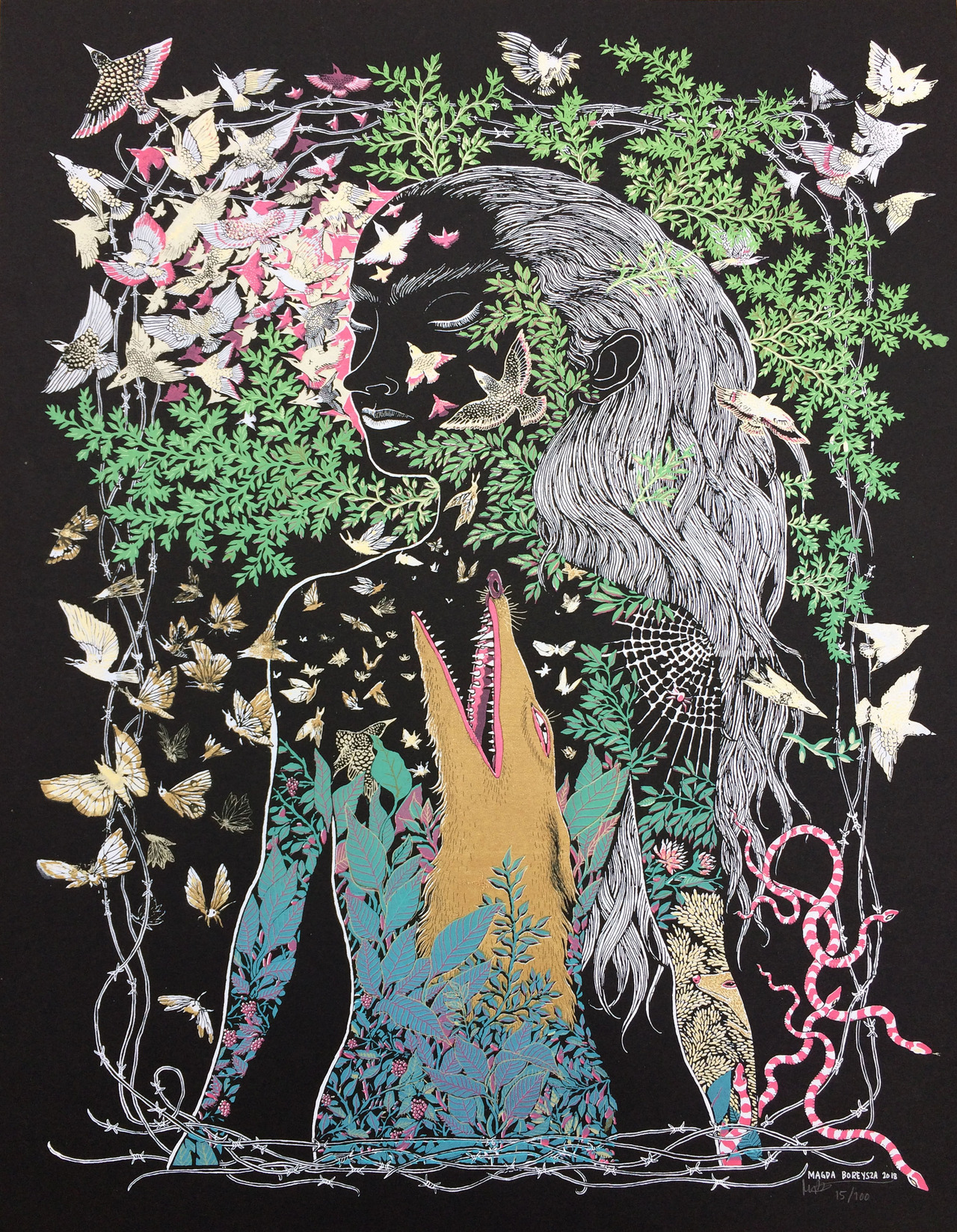 The poster, album cover or piece of art could you live with on your bedroom forever would be . . .
The poster, album cover or piece of art could you live with on your bedroom forever would be . . .
Anything by New Orleans artist Magda Boreysza (foxandcomet.com).
She’s done album artwork for me as well as several friends and colleagues in New Orleans, in addition to larger scale illustrations and prints, and her work is always stunning.
I have a print of hers of a golden buffalo on my wall now.
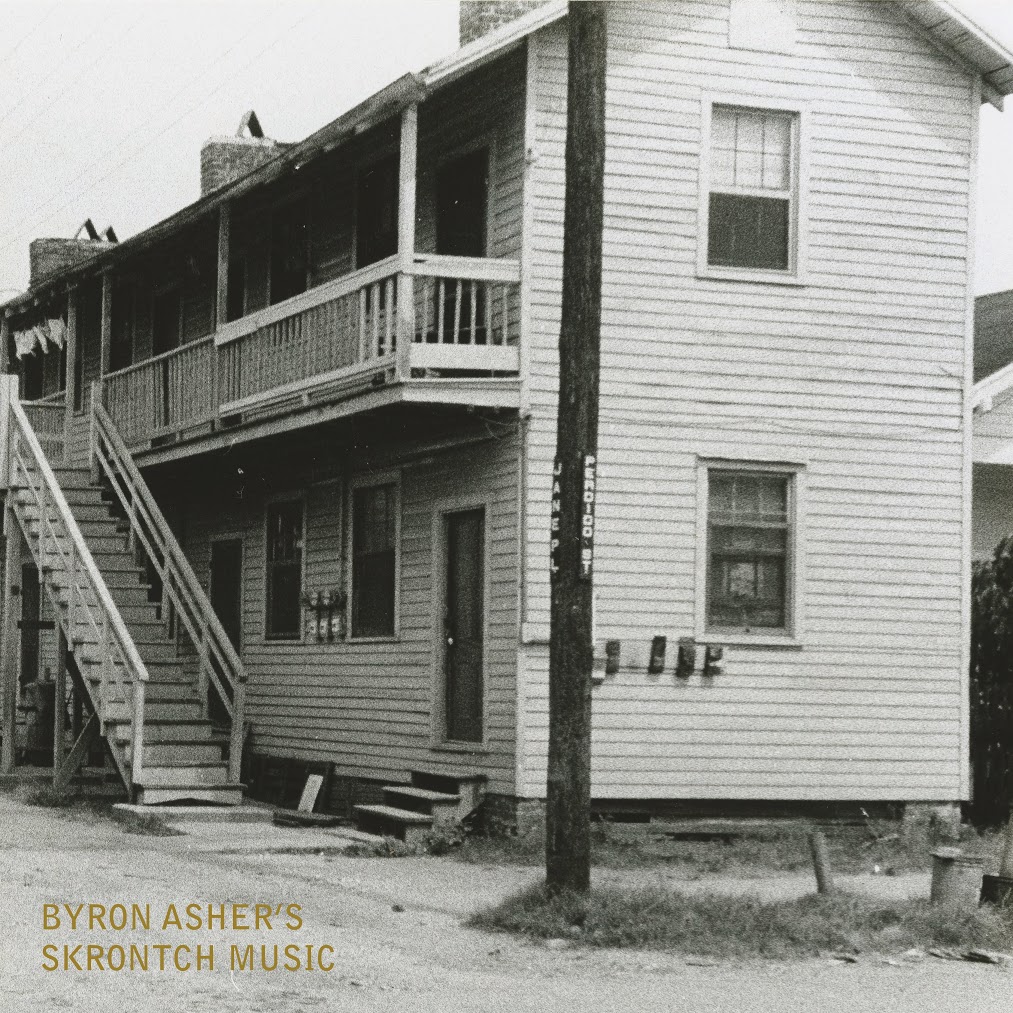 Three non-jazz album for a desert island would be . . ?
Three non-jazz album for a desert island would be . . ?
Only three? Do I get to leave the desert island to go record shopping?
And finally, is there a track on your most recent album you would love people to hear. And, if so, why that one?
Elegy – it encapsulates the tone of the entire record most completely.
.
.
For more on Byron Asher and his various projects, including Skrontch Music, check his website here.

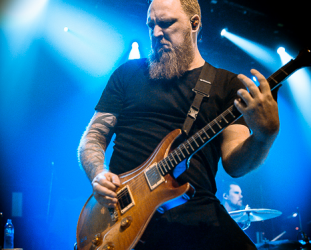
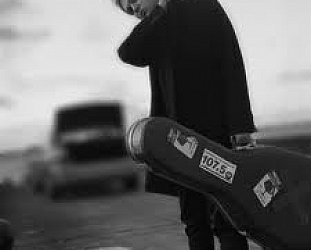
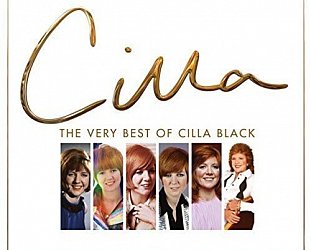
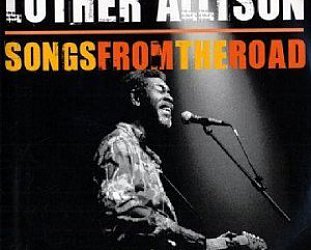
post a comment